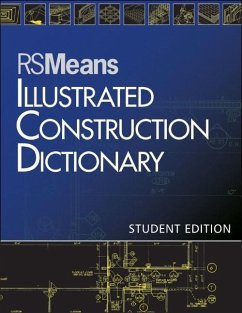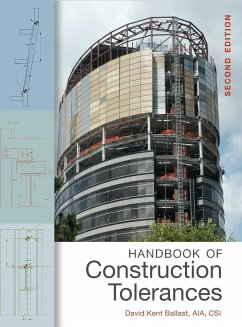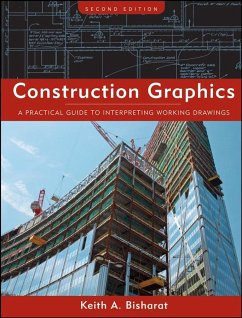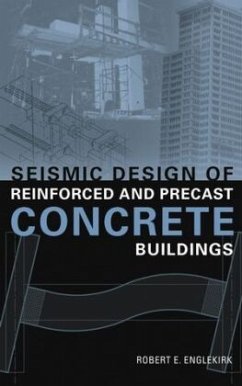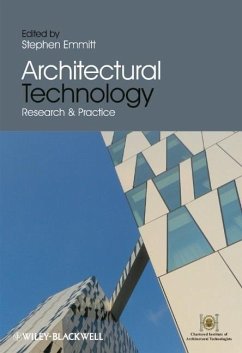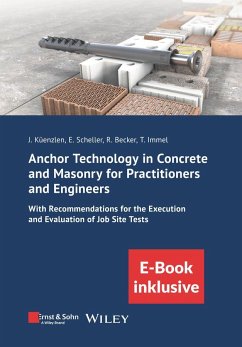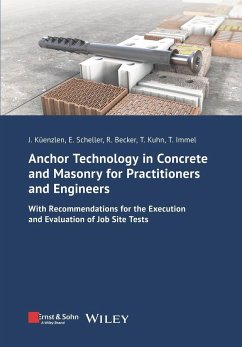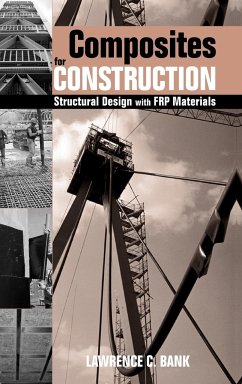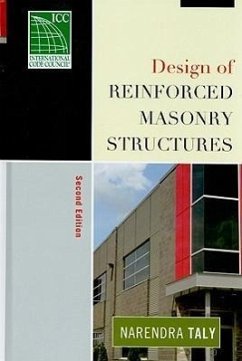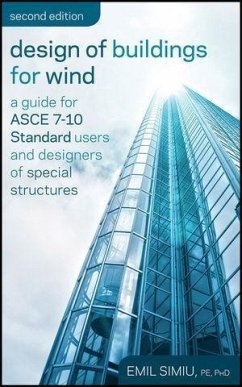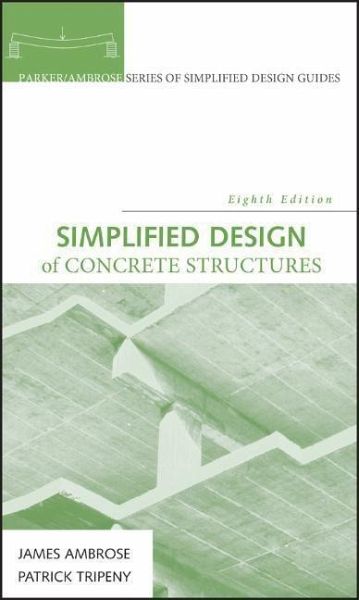
Simplified Design of Concrete Structures
Versandkostenfrei!
Versandfertig in über 4 Wochen
110,99 €
inkl. MwSt.

PAYBACK Punkte
55 °P sammeln!
For over sixty years, the primary source for design of concrete structures--now revised and updatedSimplified Design of Concrete Structures, Eighth Edition covers all the latest, commonly used concrete systems, practices, and research in the field, reinforced with examples of practical designs and general building structural systems. Updated to conform to current building codes, design practices, and industry standards.Simplified Design of Concrete Structures, Eighth Edition is a reliable, easy-to-use handbook that examines a wide range of concrete structures, building types, and construction ...
For over sixty years, the primary source for design of concrete structures--now revised and updated
Simplified Design of Concrete Structures, Eighth Edition covers all the latest, commonly used concrete systems, practices, and research in the field, reinforced with examples of practical designs and general building structural systems. Updated to conform to current building codes, design practices, and industry standards.
Simplified Design of Concrete Structures, Eighth Edition is a reliable, easy-to-use handbook that examines a wide range of concrete structures, building types, and construction details. It includes a wealth of illustrations, expanded text examples, exercise problems, and a helpful glossary. Highlights of this outstanding tool include:
_ Its use of the current American Concrete Institute Building Code for 2005 (ACI 318) and the Load and Resistance Factor Design (LRFD) method of structural design
_ Fundamental and real-world coverage of concrete structures that assumes no previous experience
_ Valuable study aids such as exercise problems, questions, and word lists enhance usability
Simplified Design of Concrete Structures, Eighth Edition covers all the latest, commonly used concrete systems, practices, and research in the field, reinforced with examples of practical designs and general building structural systems. Updated to conform to current building codes, design practices, and industry standards.
Simplified Design of Concrete Structures, Eighth Edition is a reliable, easy-to-use handbook that examines a wide range of concrete structures, building types, and construction details. It includes a wealth of illustrations, expanded text examples, exercise problems, and a helpful glossary. Highlights of this outstanding tool include:
_ Its use of the current American Concrete Institute Building Code for 2005 (ACI 318) and the Load and Resistance Factor Design (LRFD) method of structural design
_ Fundamental and real-world coverage of concrete structures that assumes no previous experience
_ Valuable study aids such as exercise problems, questions, and word lists enhance usability



